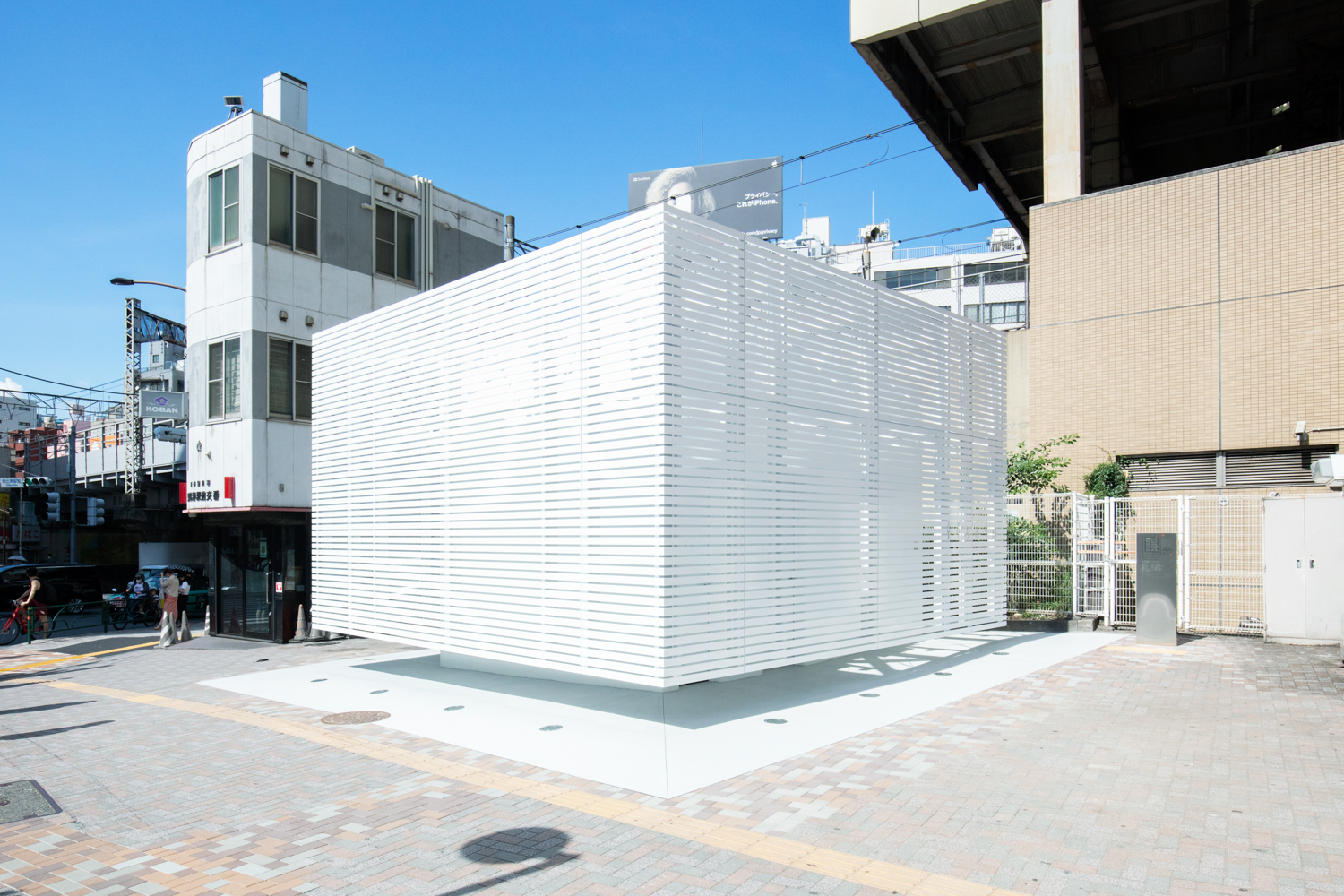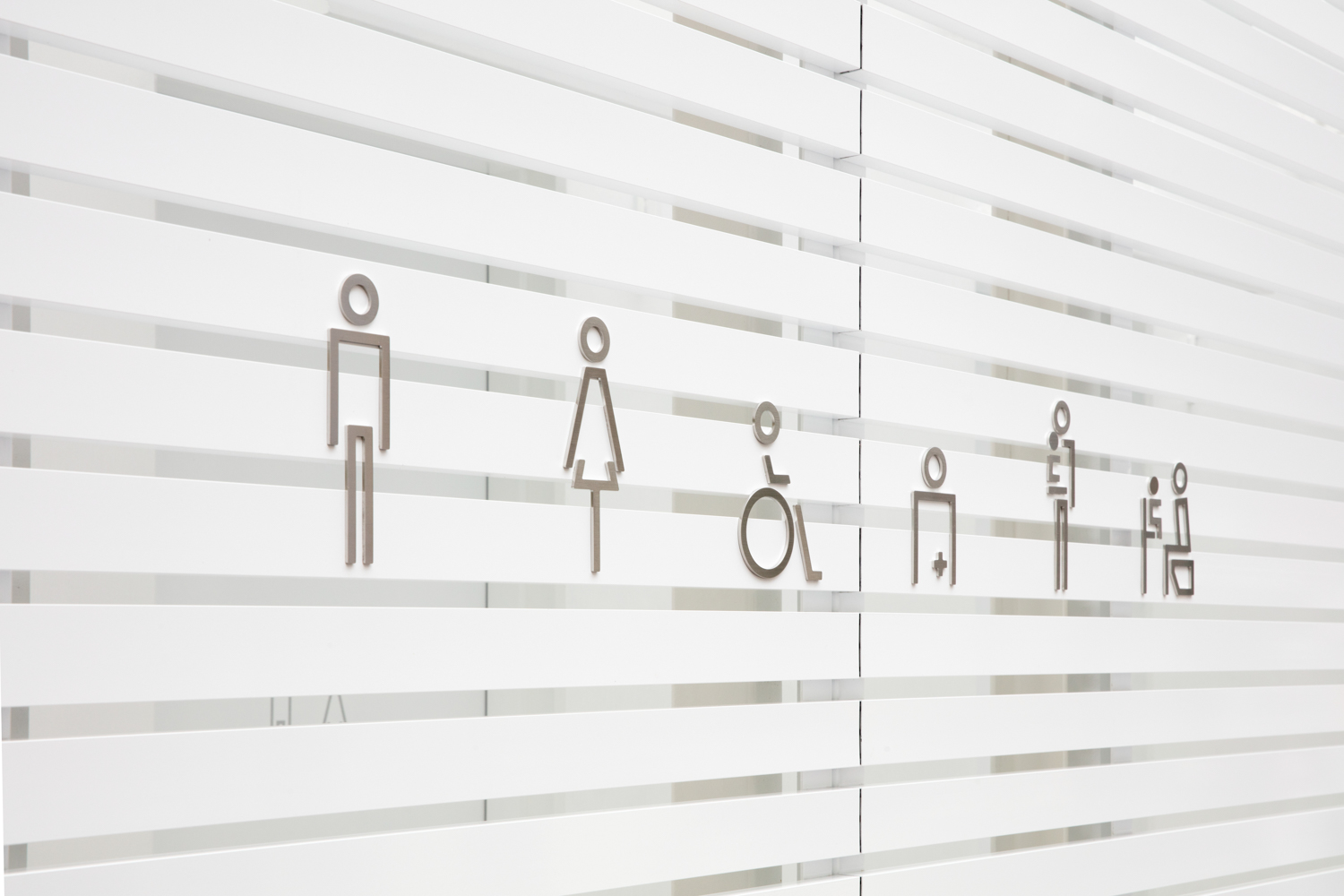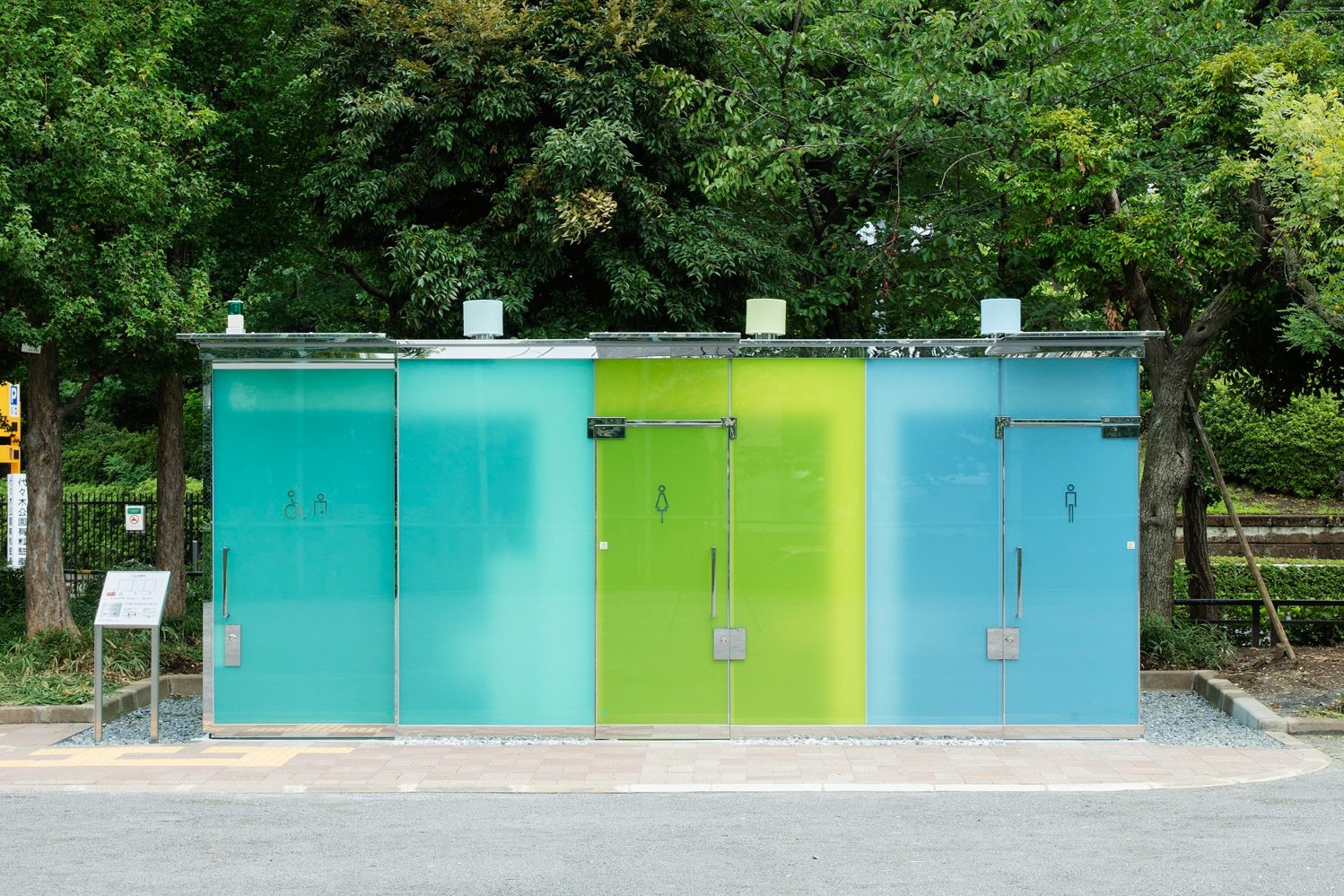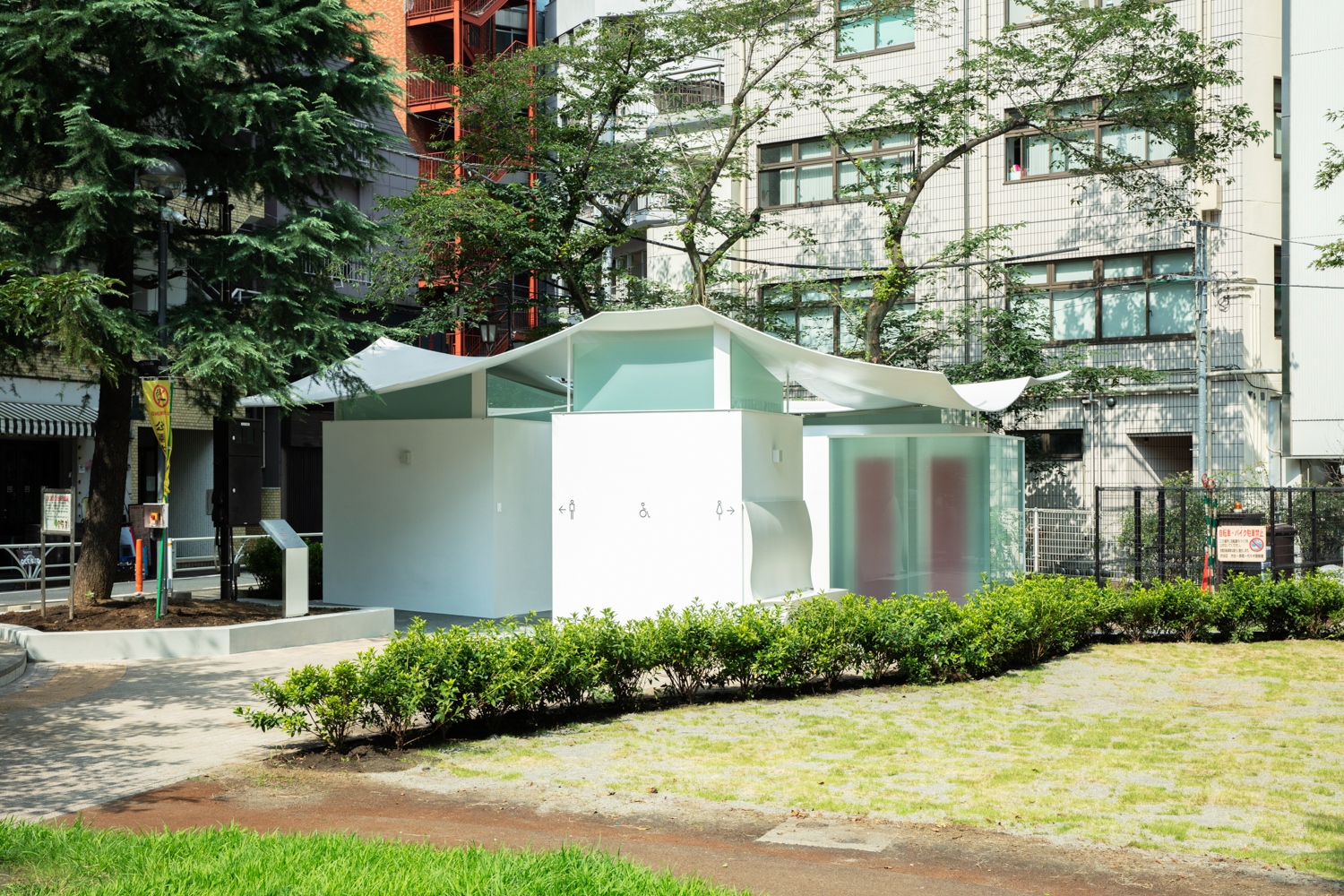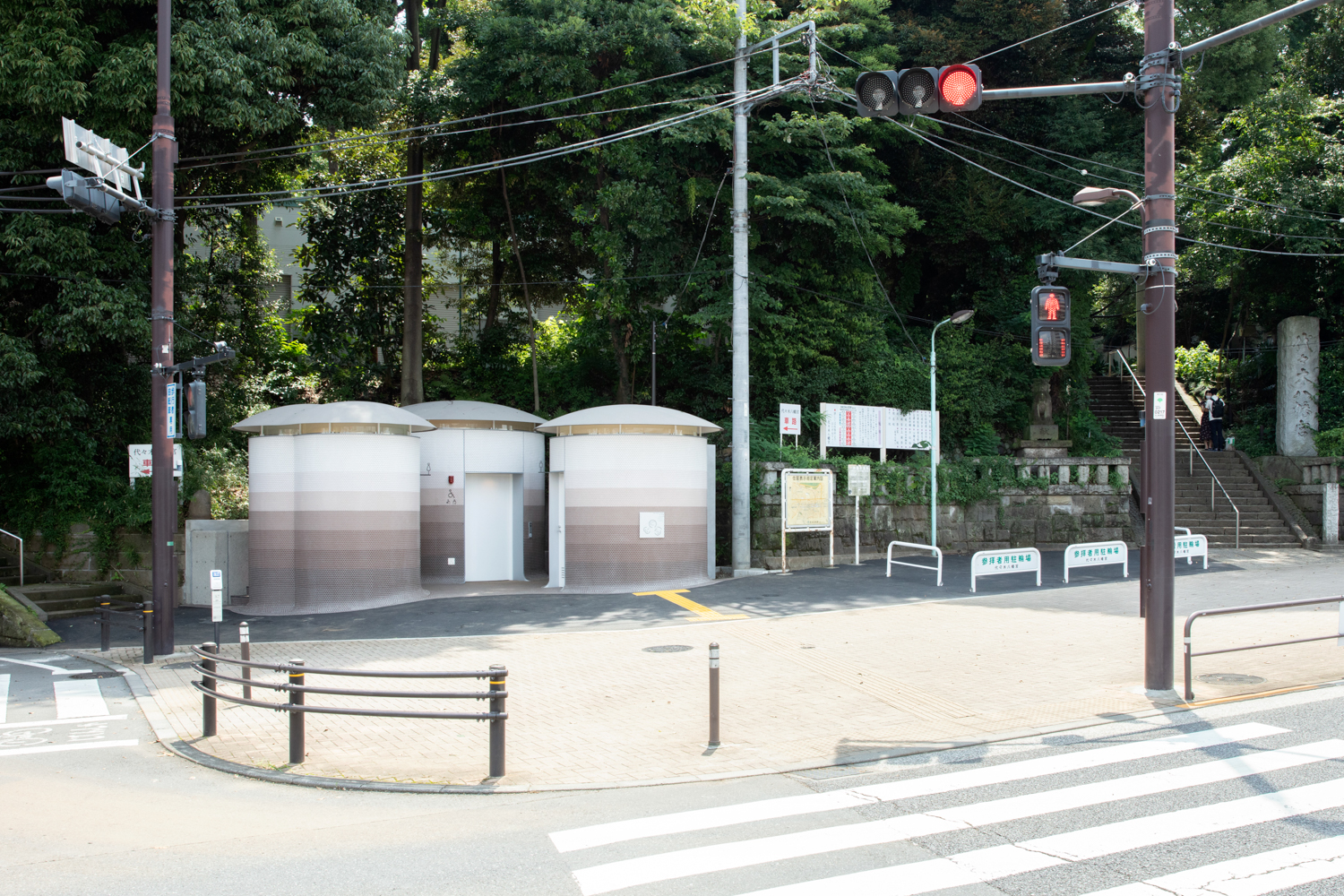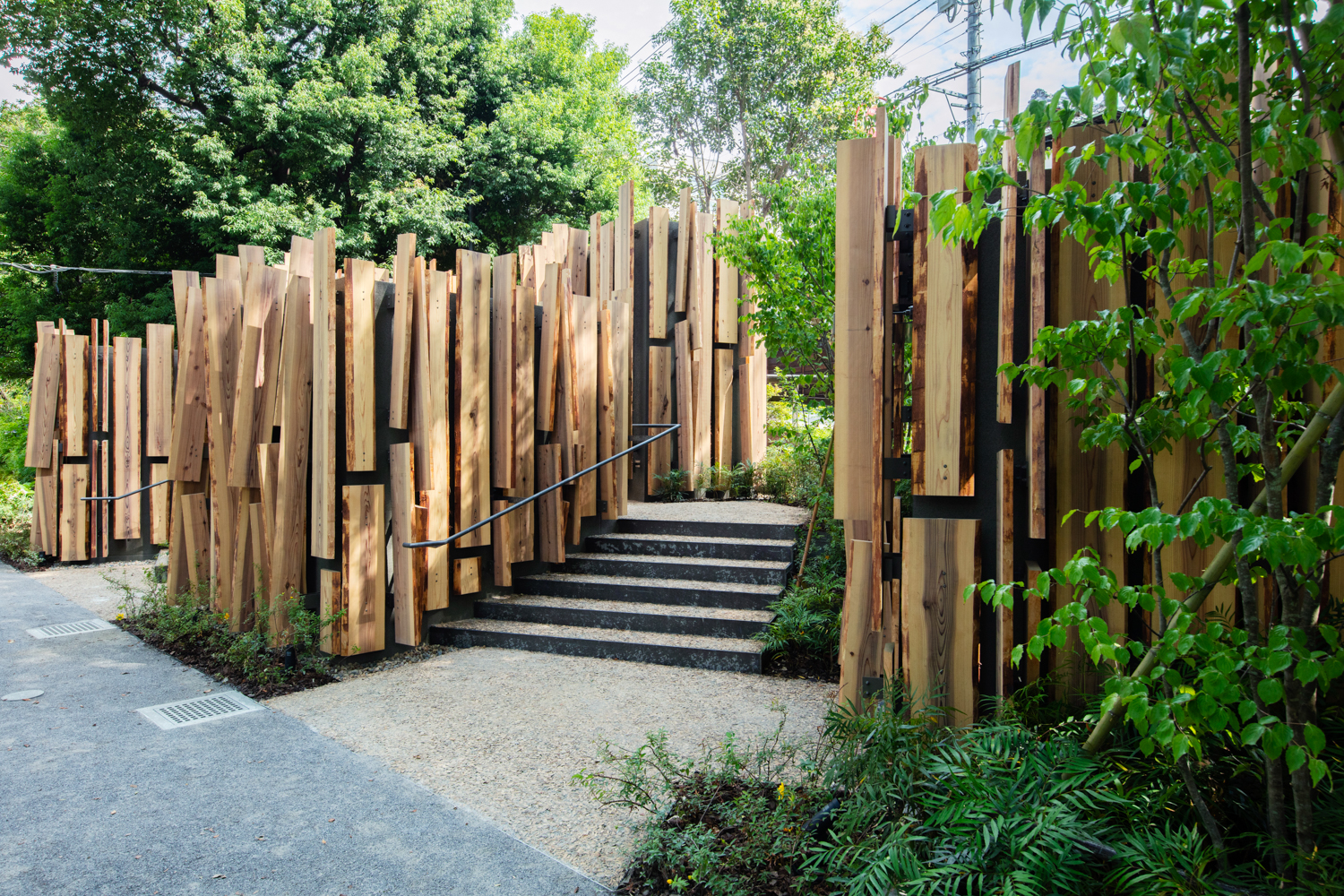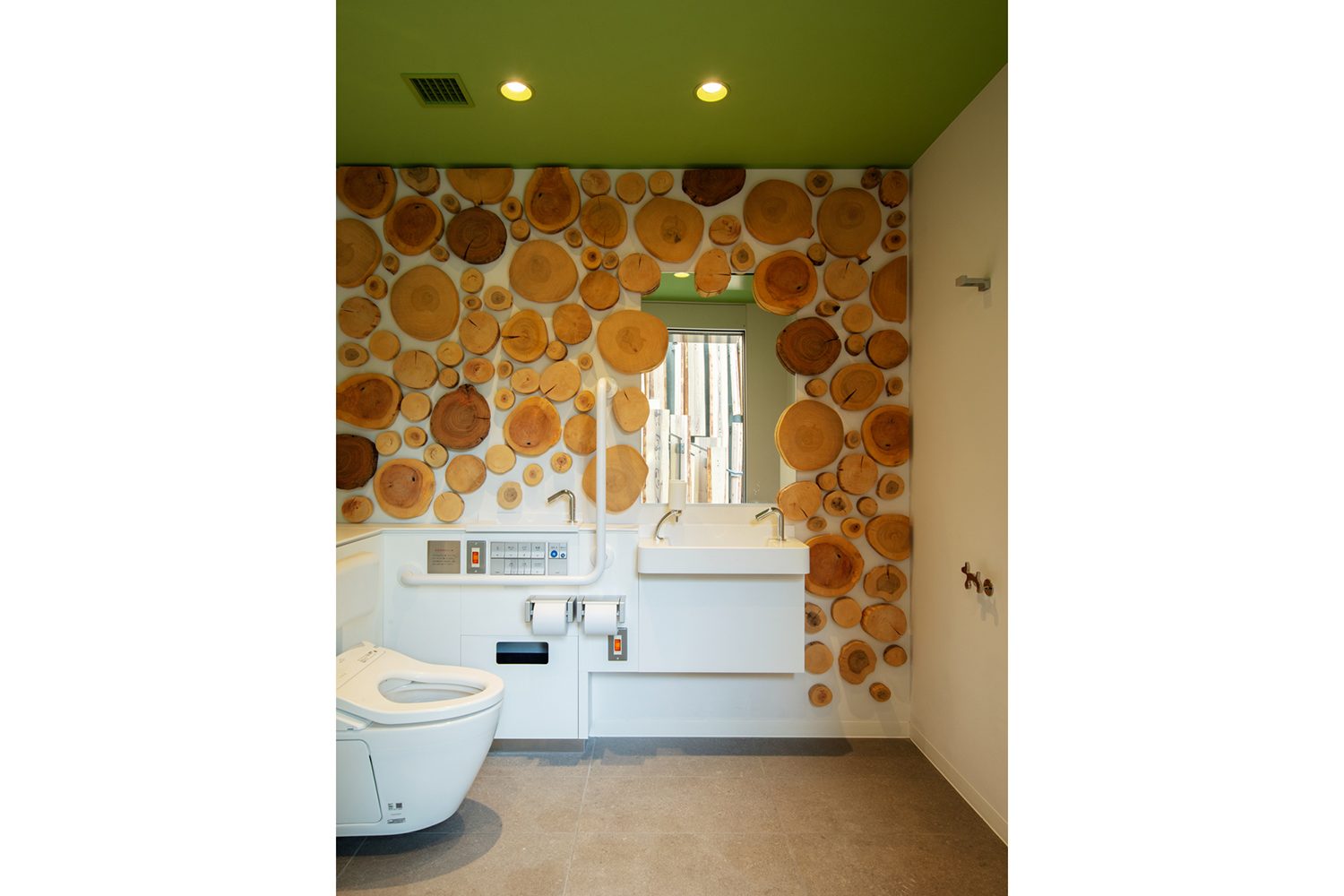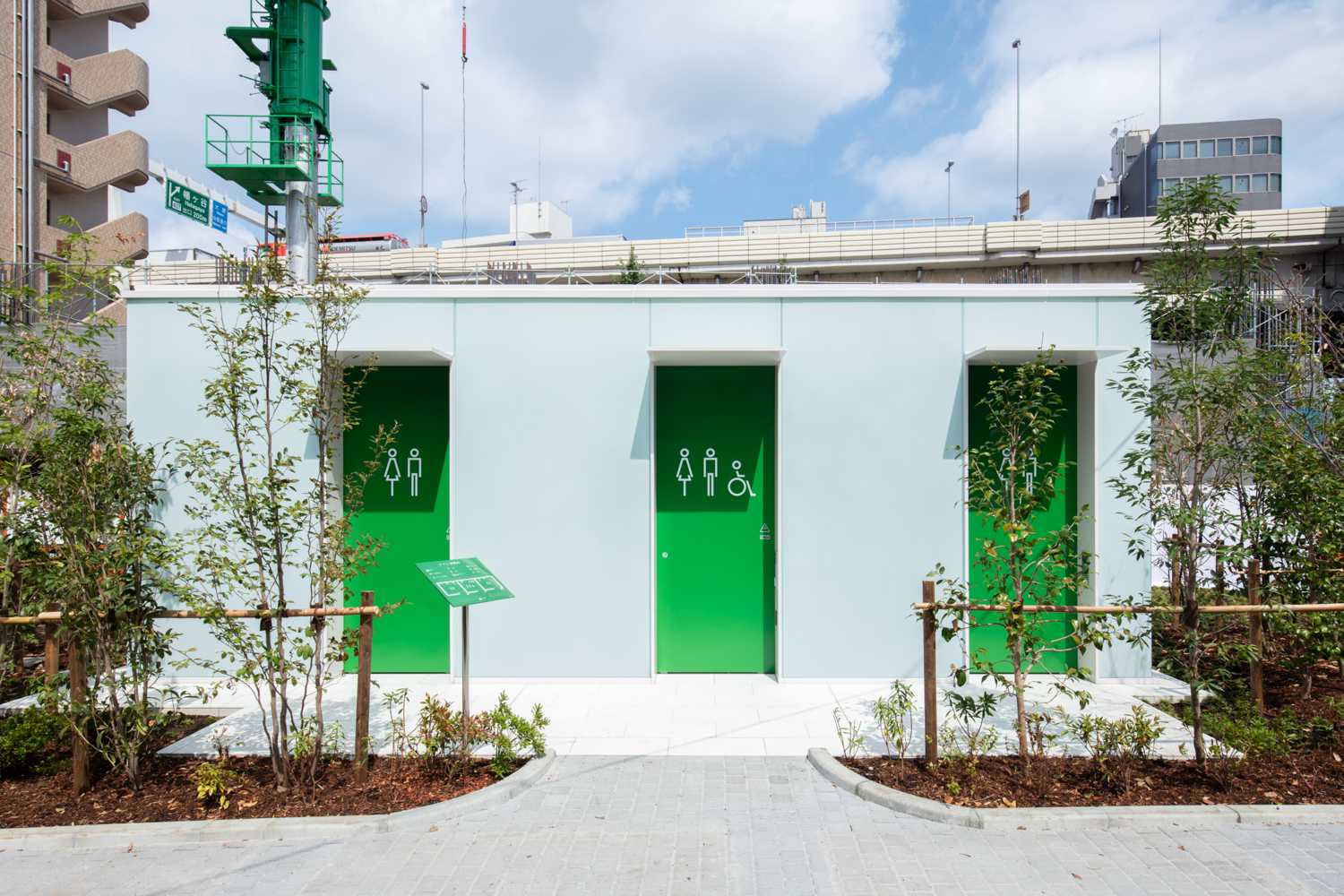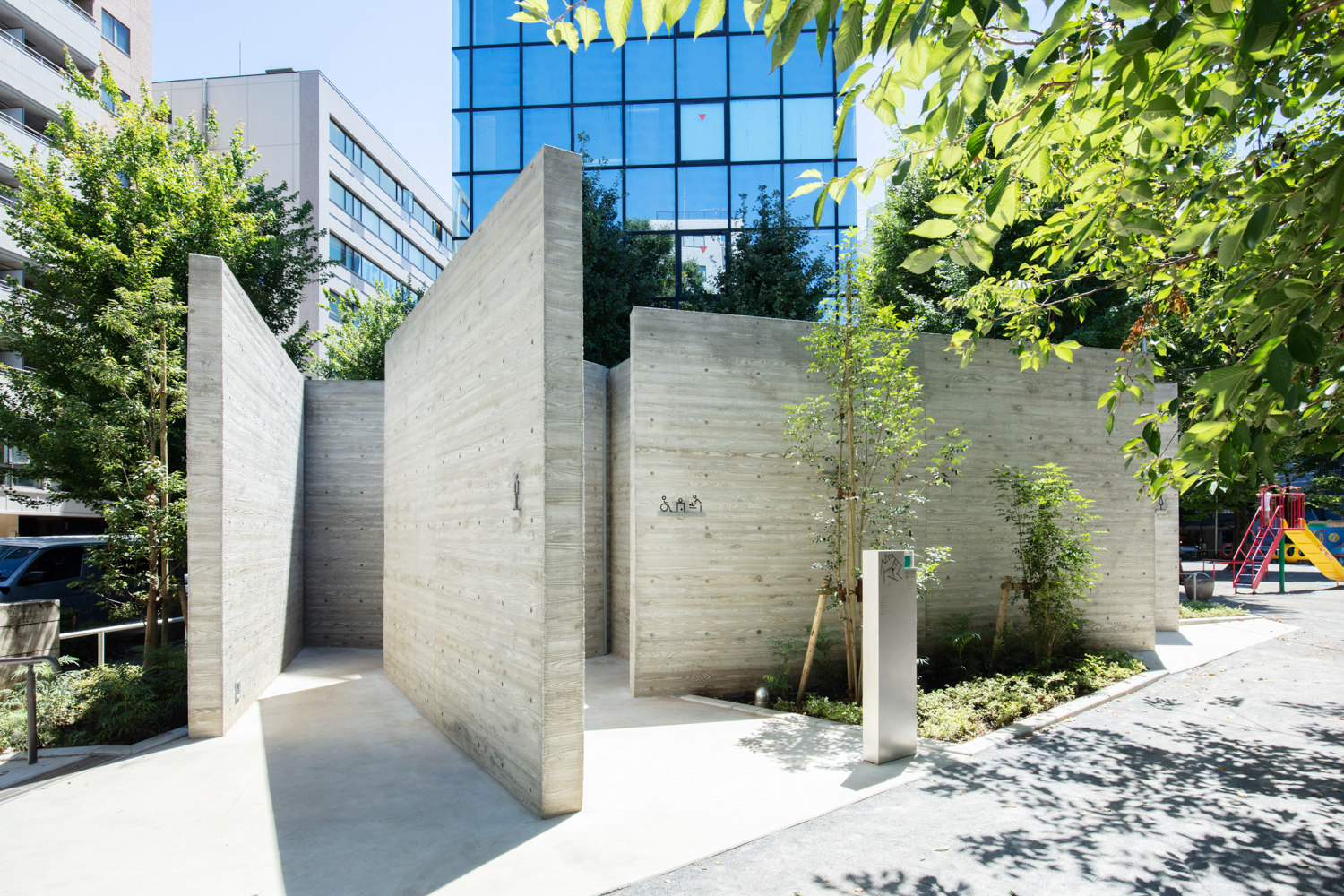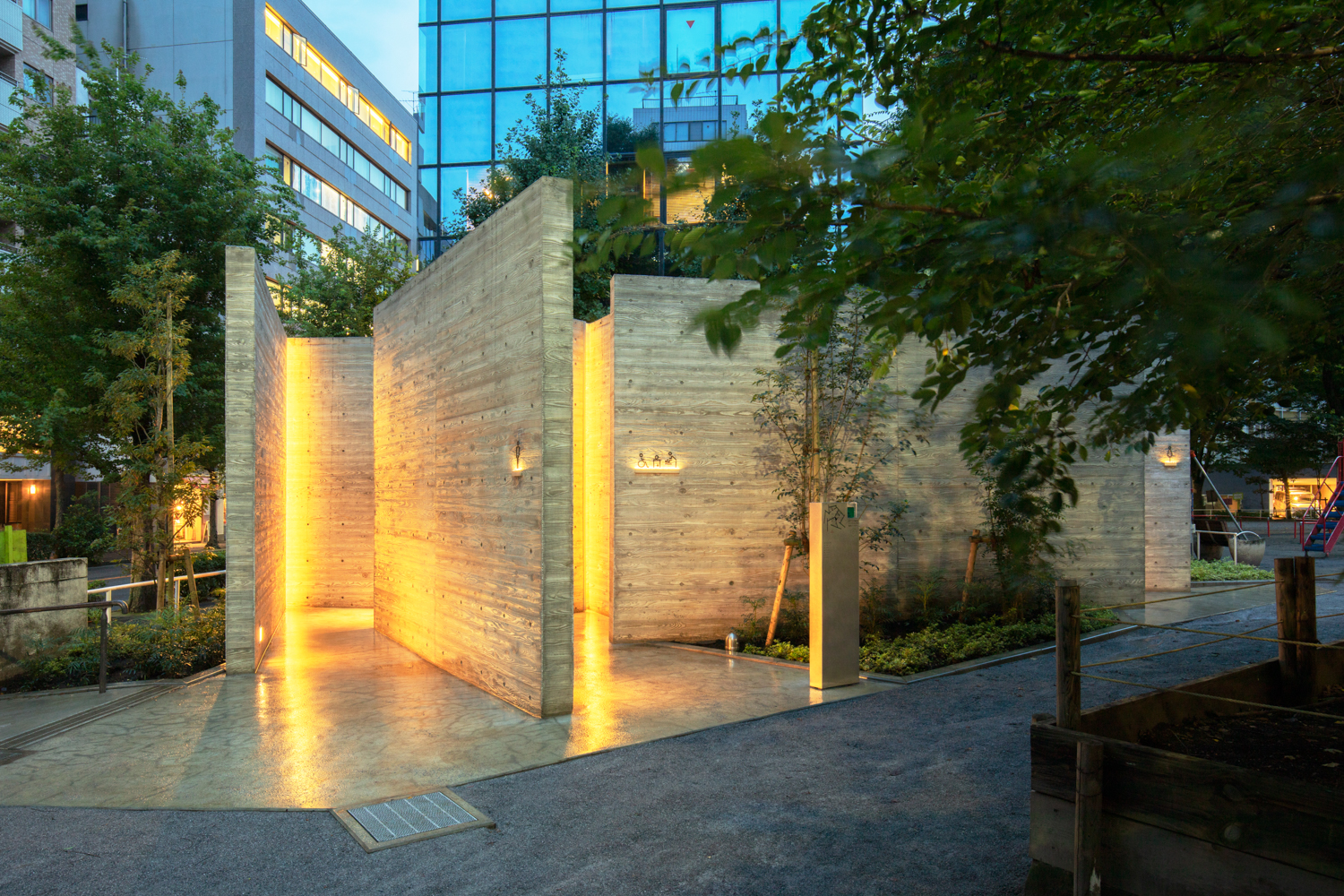PEEK THROUGH THE FASCINATING TOILET DESIGN FROM THE PROJECT INITIATED BY THE NIPPON FOUNDATION, SHIBUYA TOURISM ASSOCIATION, AND SHIBUYA CITY GOVERNMENT THAT INVITES RENOWNED DESIGNERS AND ARCHITECTS FROM 17 STUDIOS TO DESIGN 17 TOILETS AROUND SHIBUYA
TEXT: PRATCHAYAPOL LERTWICHA
PHOTO: SATOSHI NAGARE, COURTESY OF THE NIPPON FOUNDATION EXCEPT AS NOTED
(For Thai, press here)
If it wasn’t for COVID-19, Tokyo during the Olympics would be flocked with tourists who traveled from around the world to witness and enjoy one of humankind’s most prominent sports events. Although Japan didn’t have a chance to welcome international visitors as it’d hoped, at the very least, we get to experience the country’s top-notch hospitality spirit through many ideas and projects. These include the refurbishment of pavements to accommodate all user groups; the revamp of the city’s urban landscape, which involves the removal of utility poles. Amongst these highlights, there is one project that we just have to talk about—The Tokyo Toilet, the public toilet renovation project in the city’s Shibuya district.
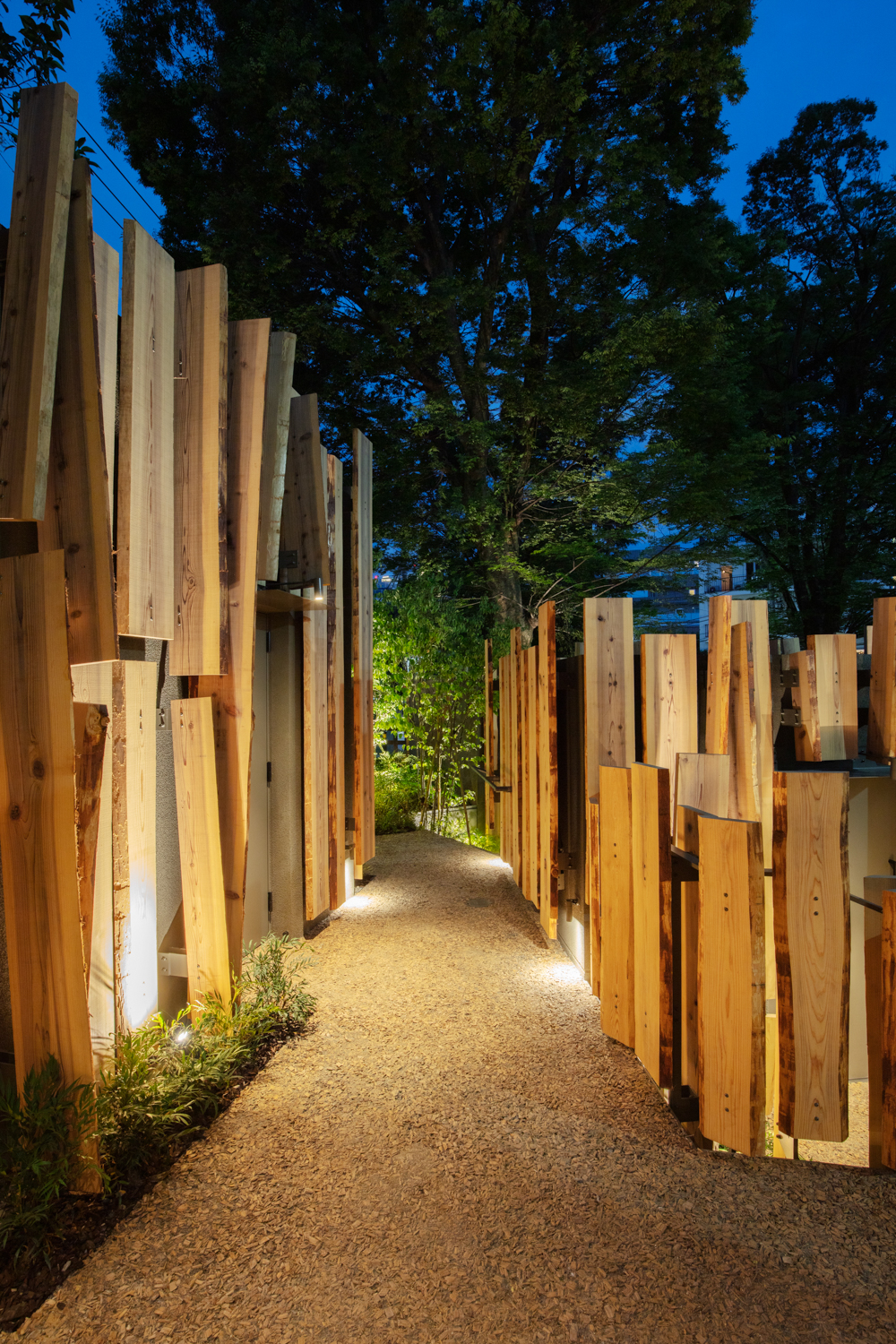
A Walk in the Woods, Nabeshima Shoto Park by Kengo Kuma
The project was initiated by The Nippon Foundation, an organization that has continually engaged in supporting marine and shipping-related activities as well as public and welfare services. Under the collaboration with Shibuya City Government and Shibuya Tourism Association, the project is working towards refurbishing public toilets in Shibuya to be more visually pleasing and convenient for all users, reaffirming the Japanese’ detail-oriented practice and creativity while celebrating human diversity, which is a pivotal part of the Shibuya slogan.
The project has invited leading architects and designers from 17 studios to work on the renovation of 17 public toilets in Shibuya, including legendary graphic designer, Kashiwa Satō. He is the mind behind the designs of many iconic Japanese logos including famous Japanese brands such as Uniqlo. Satō has also been chosen to design the signage for all the toilets in the project (he has also been assigned to create one of the toilets as well). Some restrooms are already complete and are open for public use, while the remaining toilets are scheduled to open by March 2022.

Photo courtesy of the Nippon Foundation
The project highlights the unique designs and the high-standard maintenance that keeps the public facilities in extremely hygienic conditions. The Tokyo Toilet has set up a team of cleaning staff with a uniform designed by NIGO®, a Japanese fashion designer and owner of the famous street fashion brand, A Bathing Ape (BAPE) (just like Kashiwa Sato, NIGO® also takes part in the project as one one of the 17 designers who designs the toilets).
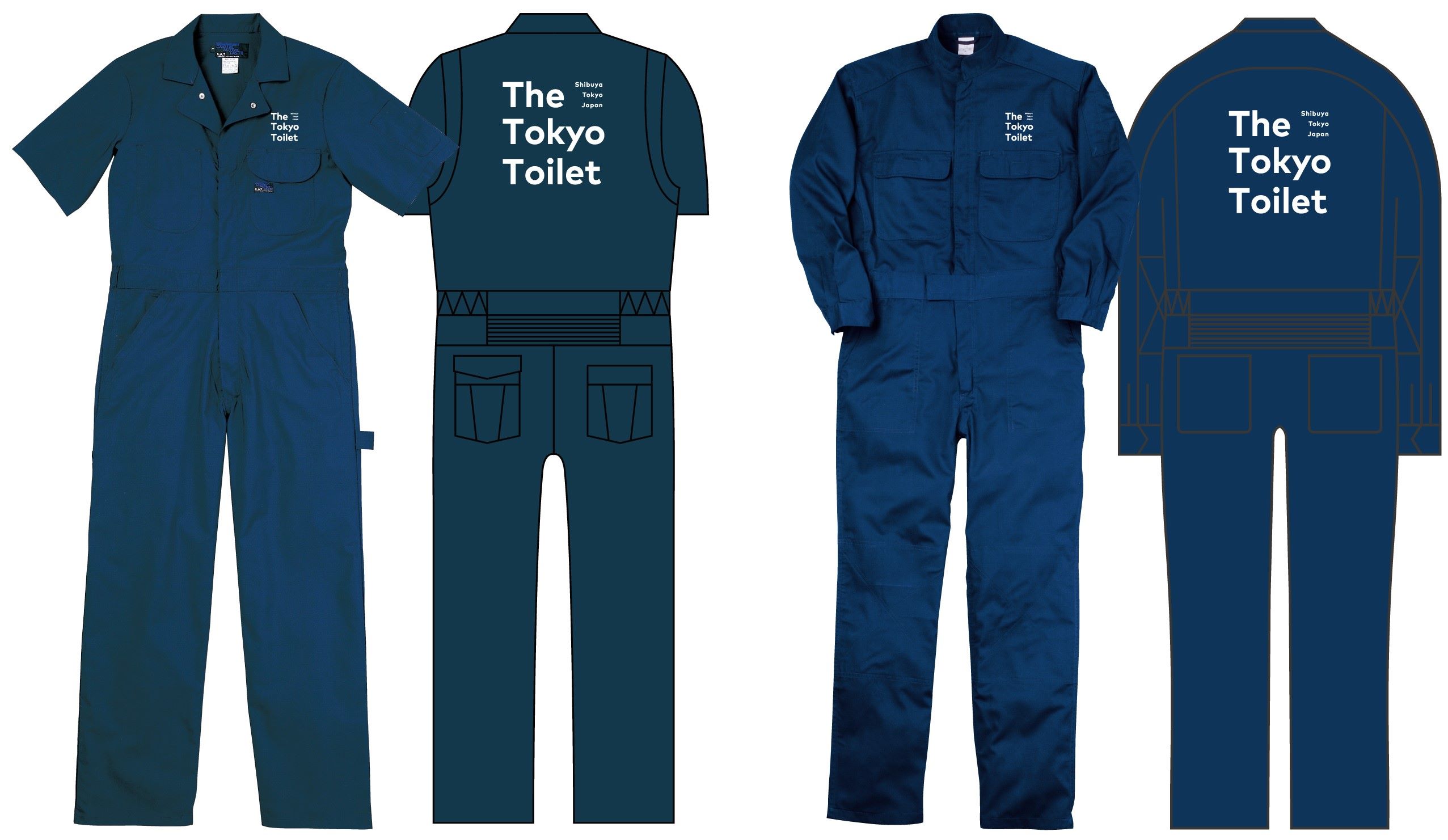
Photo courtesy of the Nippon Foundation
That’s probably enough for the intro and background of the project; let’s take a closer look into the details of some of the designs that we think are particularly interesting and outstanding.
Andon Toilet
Designer: Takenosuke Sakakura
Location: Nishihara Itchome Park
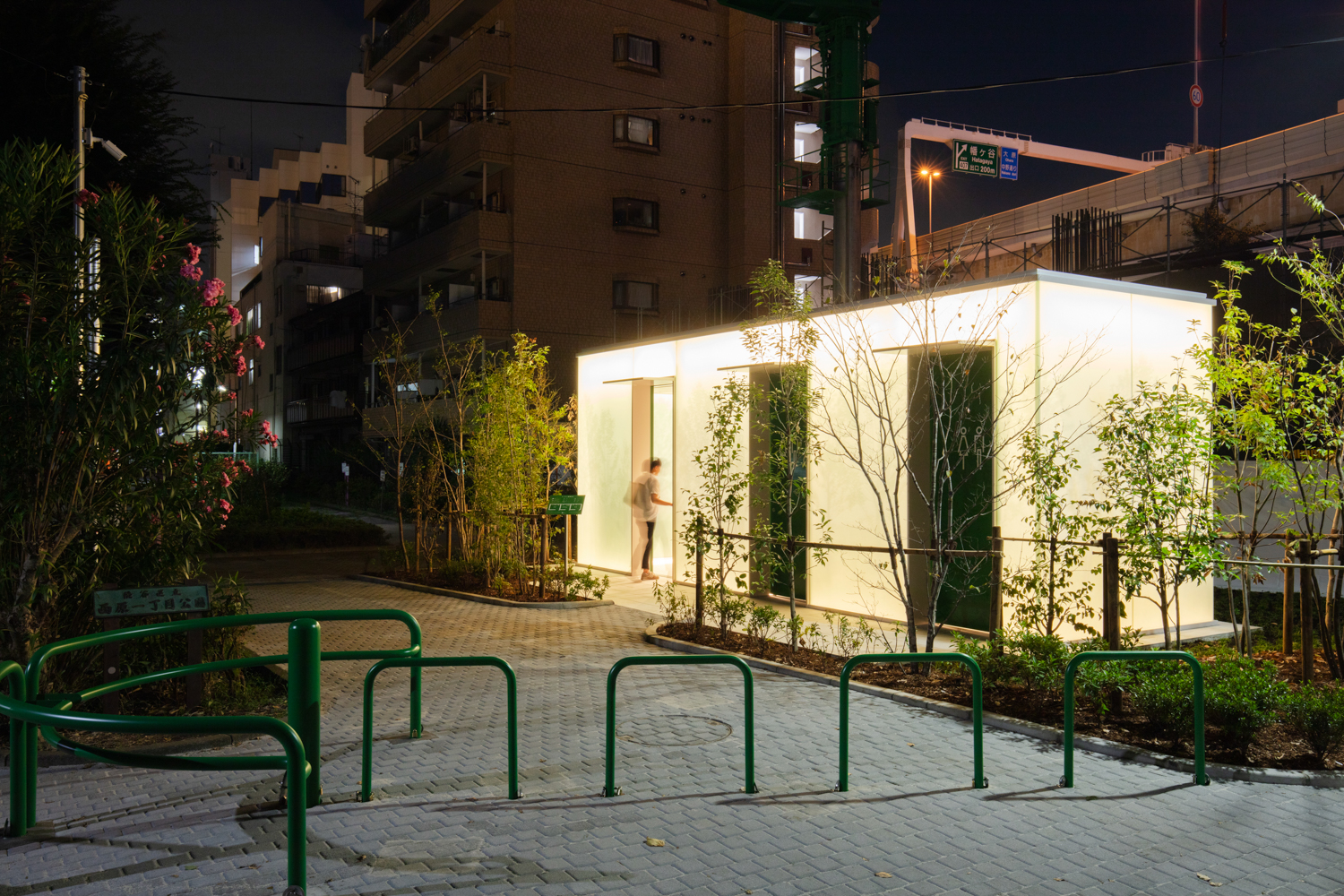
Andon Toilet, Nishihara Itchome Park by Takenosuke Sakakura
It is no surprise why architect Takenosuke Sakakura chose to name his design ‘Andon’ (行灯), which is translated as the traditional Japanese paper lantern. At night, the rectangular structure where each of the cubicles is wrapped in green-tinted frosted glass will illuminate, becoming a lighting source that makes the small public park feel safer as a result. In addition, when entering a cubicle and closing the door, one can see the pattern of trees that has been imprinted on the toilet’s glass, allowing for the overall ambiance to be more relaxing. The three cubicles are also designed to be unisex toilets for diverse user groups.
The House
Designer: NIGO®
Location: Jingumae

The House, Jingumae by NIGO®
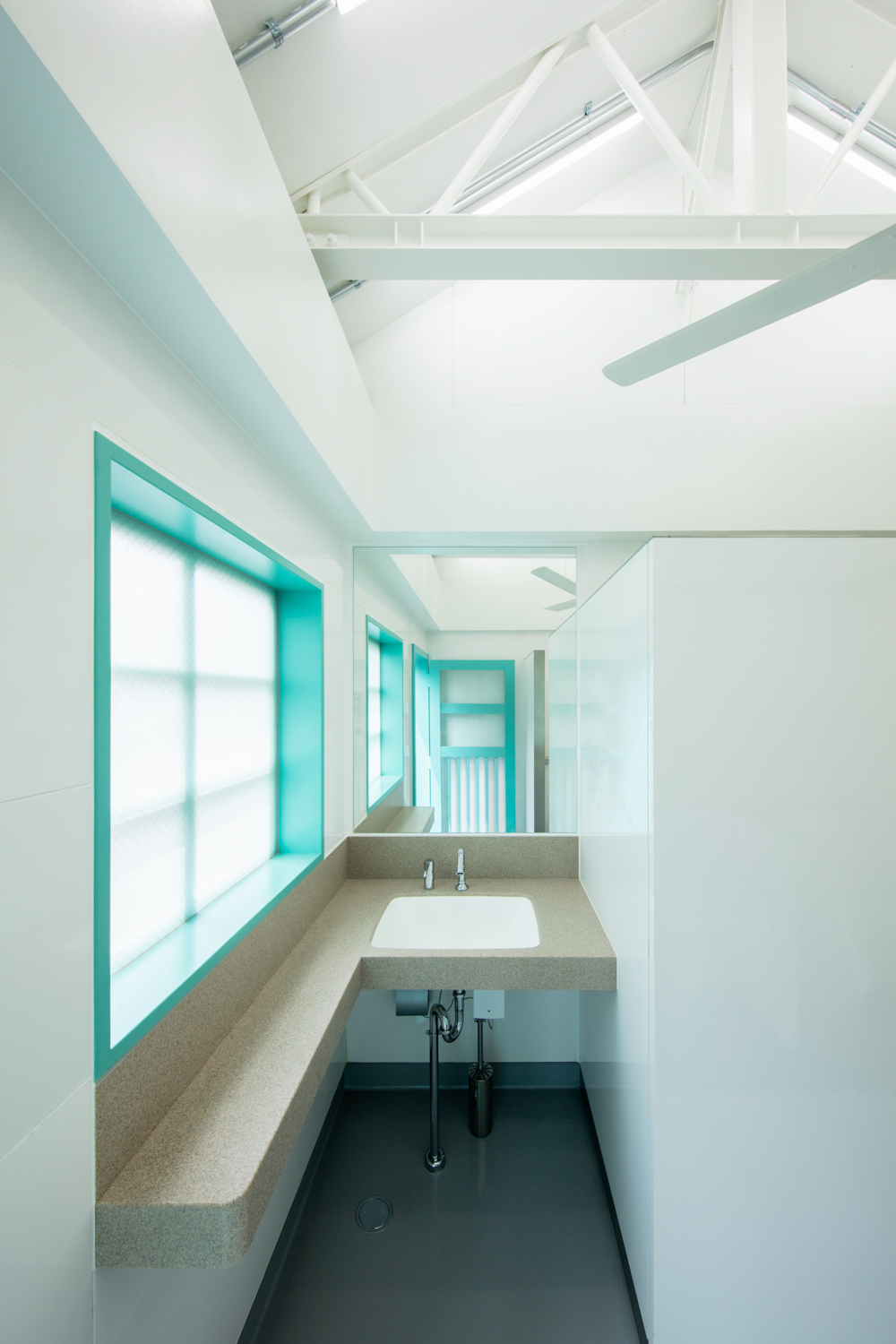
The House, Jingumae by NIGO®
NIGO® conveys the connection he has for Shinjuku with the design of the toilet that looks like a lovely small home. The design references the appearance of the houses in Washington Heights, the area that was once home to the housing designed for American military families during the post-war occupation, now the Yoyogi Park. His design is an interesting reminiscence of the city’s historical anecdotes.The toilet itself contains some miscellaneous details that makes the space friendlier to users and passersby, such as the small fence around the built structure and the front door designed to always be open.
Modern Kawaya
Designer: Masamichi Katayama / Wonderwall®︎
Location: Ebisu Park

Modern Kawaya, Ebisu Park by Masamichi Katayama / Wonderwall®
Modern Kawaya is another work with a historical reference. Masamichi Katayama, the designer of Wonderwall®,︎ simulates the aesthetics and atmosphere of Kawaya, the toilet shed from the Jomon Era (10,000-6,000 B.C.) built of rammed earth and wood. The design renders a maze-like program with exposed concrete walls that bear a textural surface which mimicks the combined physical elements of wood and rammed earth. The architect intends for the facility to exist as an object in harmony with the surrounding garden, the same way playground equipment and trees exist as a part of the park’s landscape. Looking in from the outside, one barely notices the toilet because it blends in so well with the surroundings.
Toilet In Higashi Sanchome
Designer: Nao Tamura
Location: Higashi Sanchome

Toilet In Higashi Sanchome, Higashi Sanchome by Nao Tamura | Photo: SS Co.,Ltd. Hojo Hiroko
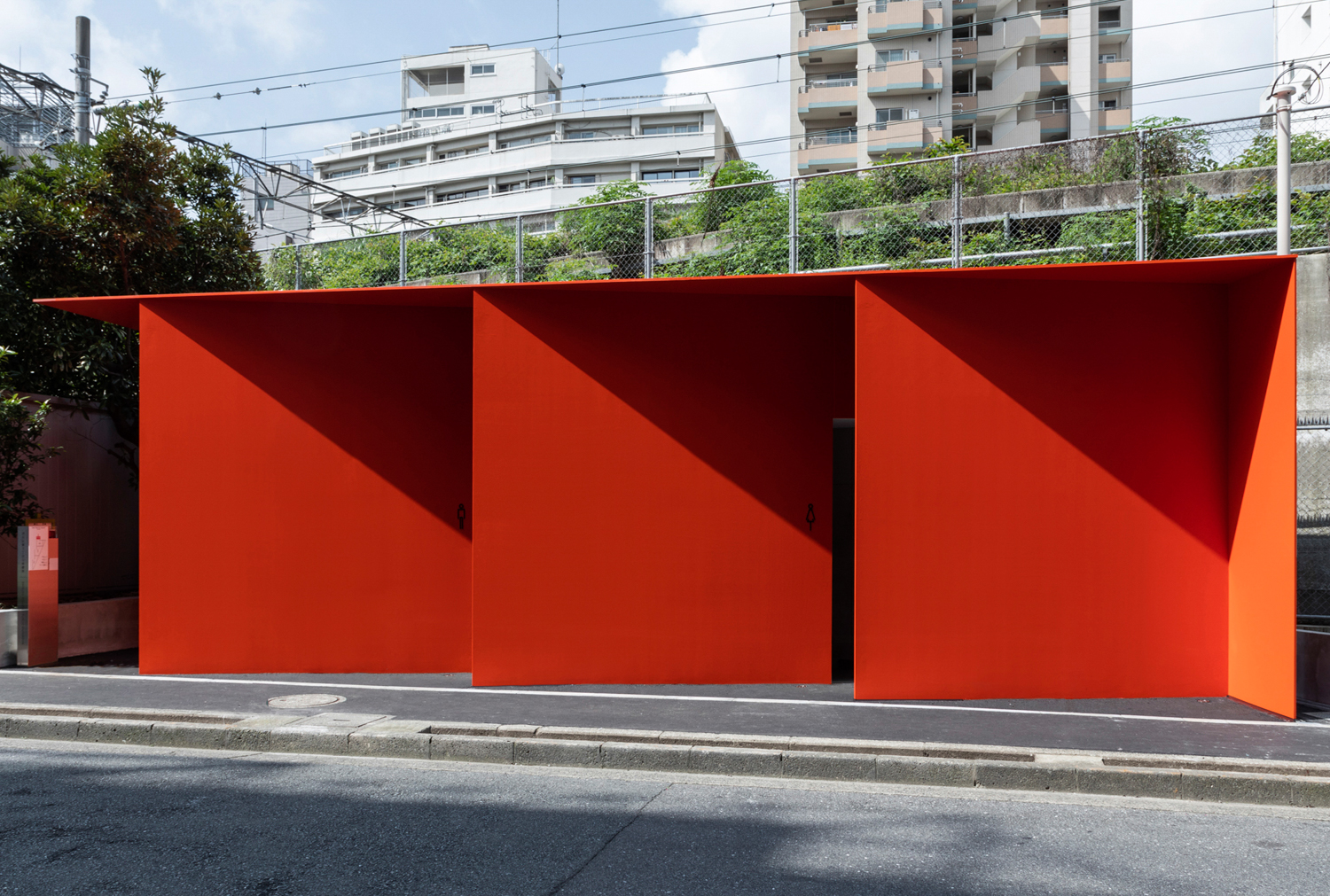
Toilet In Higashi Sanchome, Higashi Sanchome by Nao Tamura | Photo: SS Co.,Ltd. Hojo Hiroko
If Wonderwall®’s design is about the fusion between nature and built structures, the toilet designed by Nao Tamura sits on the other end of the spectrum. The toilet stands out for its vivid red color, setting itself apart from the surrounding environment. The design takes inspiration from the traditional gift wrapping technique called ‘Origata’ to reflect Japanese generosity, conveying the toilet as a gift from Japan to its visitors. The structure is built from thin metal sheets, rendering sharp lines inspired by the paper folding technique. The striking red color comes from the designer’s intention for the toilet building to be easily noticeable. Especially for people who are experiencing toilet emergencies.
There is also the toilet designed by Shigeru Ban, the Pritzker laureate that art4d wrote about earlier, read more at https://art4d.com/en/2020/08/the-tokyo-toilet
These are only some of the works from the project. Without a doubt, diversity is a pivotal part of the designs and concepts in this project. Despite the differences in ideas and details, the attentiveness that is so quintessentially Japanese is what these toilets have in common, not to mention the inclusiveness since each facility has at least one cubicle designed for all user groups. Imagine how nice it would be if more cities in the world would be as attentive to the design and maintenance of public toilets as The Tokyo Toilet.

 Three Mushrooms, Yoyogi-Hachiman by Toyo Ito
Three Mushrooms, Yoyogi-Hachiman by Toyo Ito 